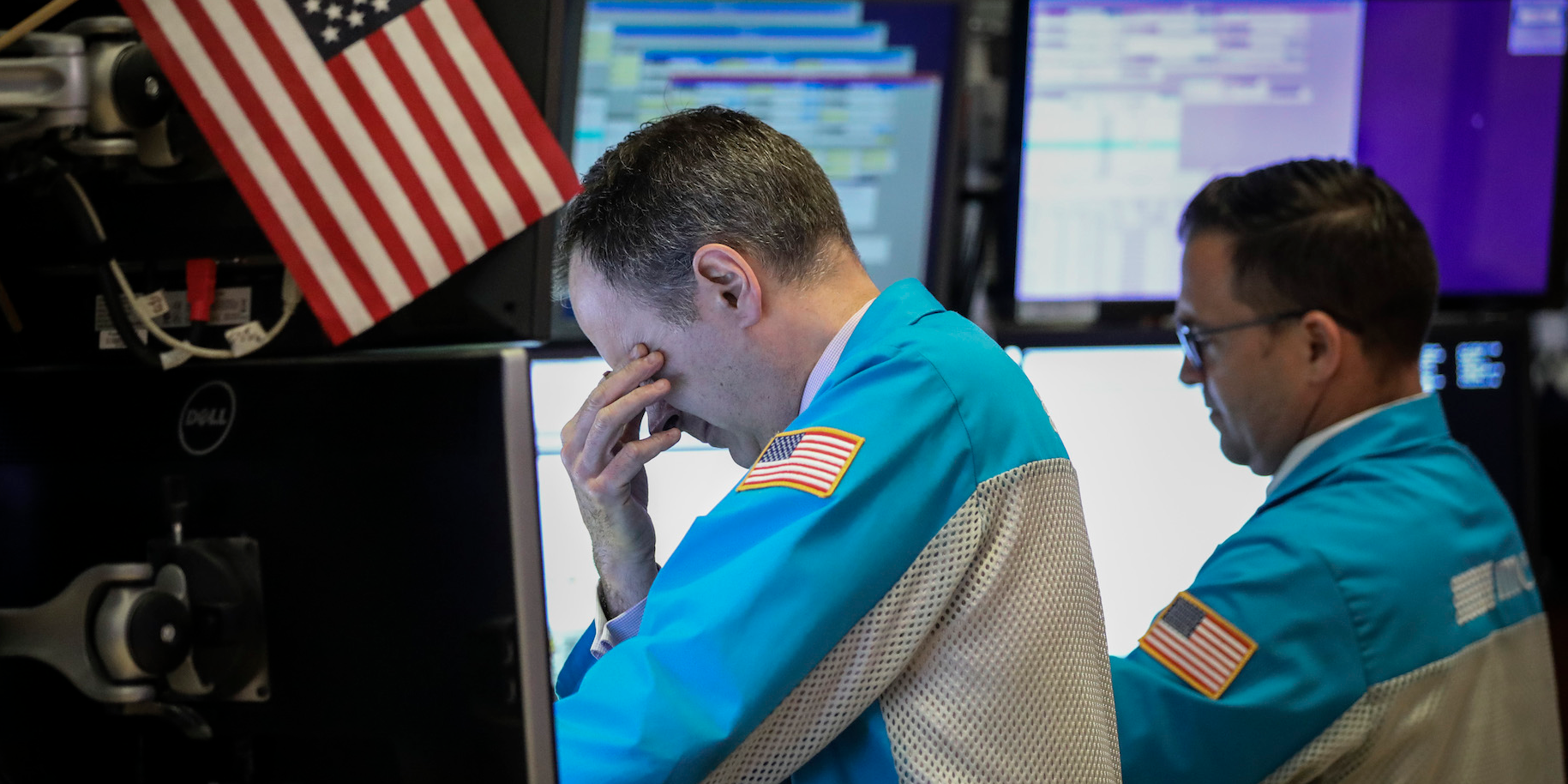
- The stock market sharply sold off this week just days after the S&P 500 hit a fresh record high and notched its best August performance in 34 years.
- “We view the latest sell-off as a bout of profit-taking after a strong run,” said Mark Haefele, the chief investment officer of global wealth management at UBS, in a Friday note.
- Haefele said that investors should stay the course according to their previous investment plans, and offered three recommendations for staying in the game amid the recent market downturn.
- Read more on Business Insider.
The stock market’s latest selloff shouldn’t spark concern or prompt investors to make any sudden changes to their portfolios, according to the world’s largest wealth manager.
The S&P 500 fell sharply Friday just days after hitting a fresh record high on the heels of its best August performance in 34 years. The Dow Jones industrial average and the Nasdaq also slumped, reversing gains from earlier in the week.
“We view the latest sell-off as a bout of profit-taking after a strong run,” said Mark Haefele, the chief investment officer of global wealth management at UBS, in a Friday note. “Stocks are still well-supported by a combination of Fed liquidity, attractive equity risk premiums, and an ongoing recovery as economies reopen from the lockdowns.”
While the S&P 500 is now sitting roughly at UBS’s target, there’s also further upside that could be driven by a coronavirus vaccine or “positive medical developments,” a new stimulus bill from the government with an election outcome favorable to growth, and a real rates dropping further, according to the note.
Investors should thus stay invested according to previous plans, according to Haefele. Here are three recommendations he has for investors.
1. Ease into markets
Heightened volatility can be scary, but shouldn't mean investors get stuck on the sidelines. "Rather than trying to time the market and potentially miss out on gains, we recommend an averaging-in approach by establishing a set schedule to commit capital to stocks within a 12-month timeframe," said Haefele.
He also recommended a "put-writing approach to enter markets defensively, for those investors who can implement options," and "making use of structured investments to add asymmetric exposure to stocks, e.g., with a degree of capital protection."
2. Diversify for the next leg
"The mega-cap IT complex has driven an outsize portion of the year-to-date gains in the US equity market," Haefele wrote. "But while we don't think tech is in a bubble, we do recommend that investors with excess exposure to the biggest US stocks consider rebalancing into areas accelerated by COVID-19, such as companies exposed to the 5G rollout, and sustainability-aligned companies set to profit from a 'green recovery.'"
3. Protect against the downside
"COVID-19 has brought unprecedented uncertainty for investors, and further volatility cannot be ruled out," said Haefele. "Diversification across asset classes and regions is the best way to manage the risks in one's portfolio."
That being said, Haefele added that investors will need to seek alternatives to portfolio diversification because of how low starting yields are on high-quality bonds. He recommended gold, which he sees as having further upside potential, and "including some exposure to hedge funds with a strong track record of downside risk management," to insulate portfolios.

